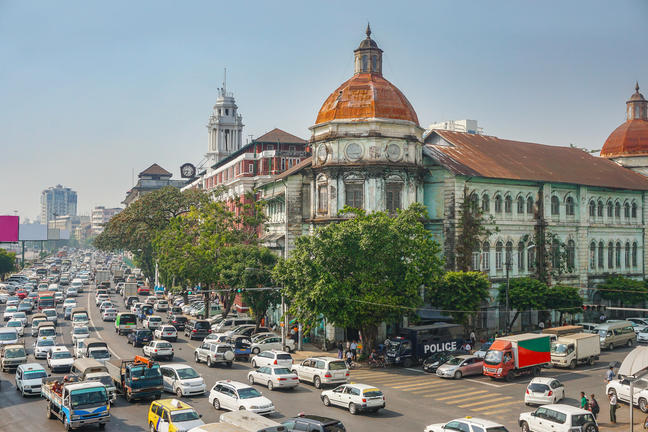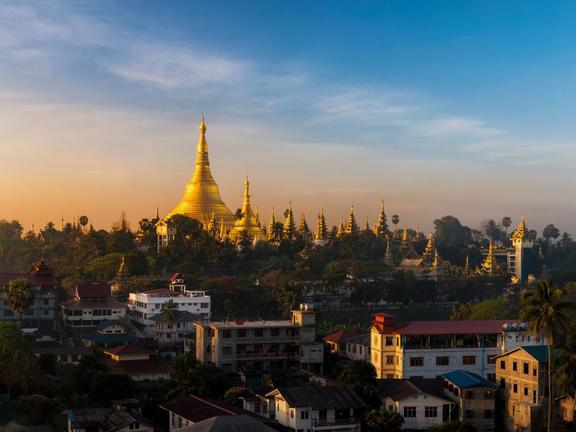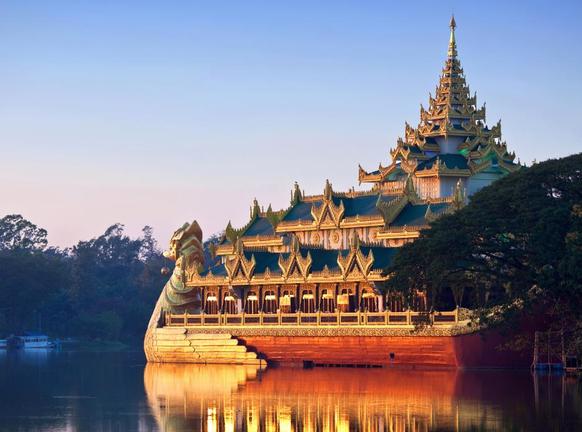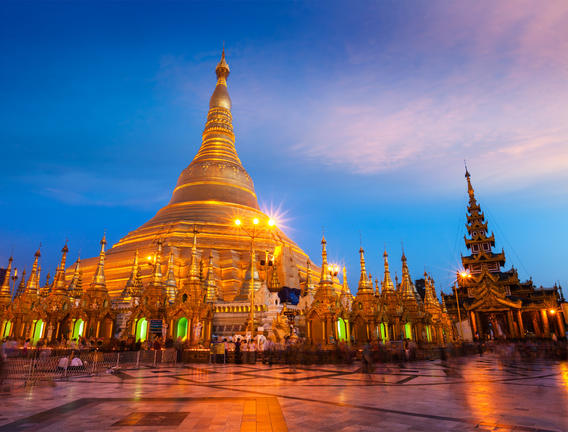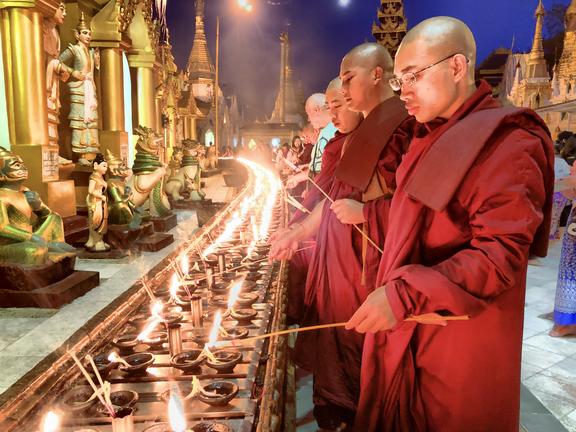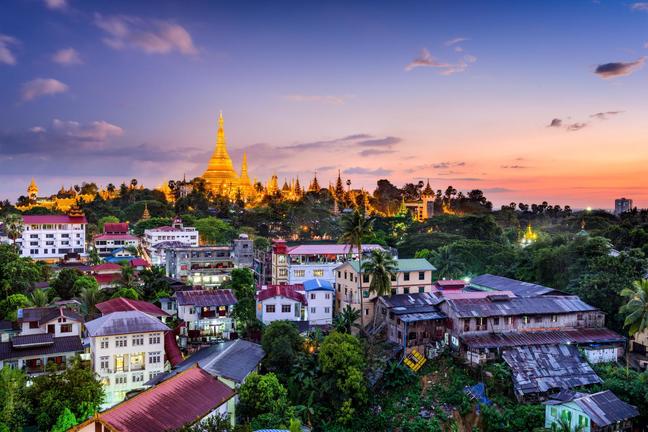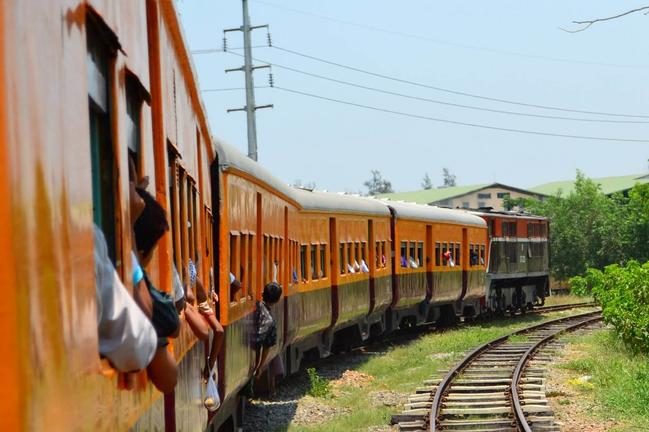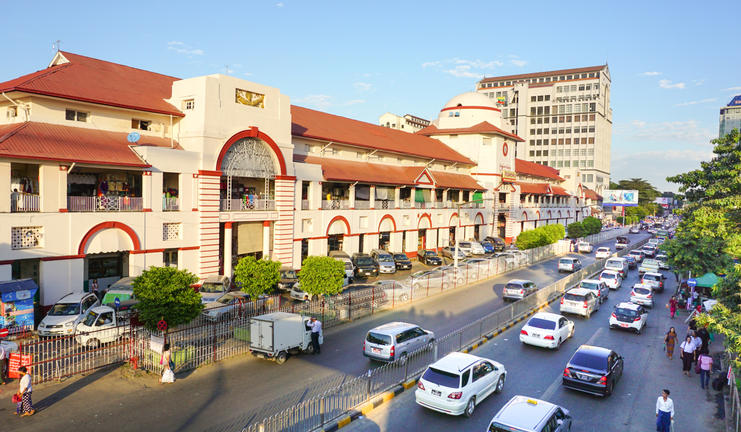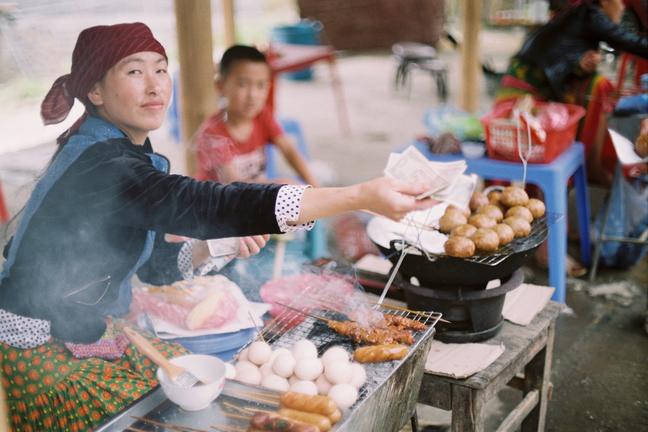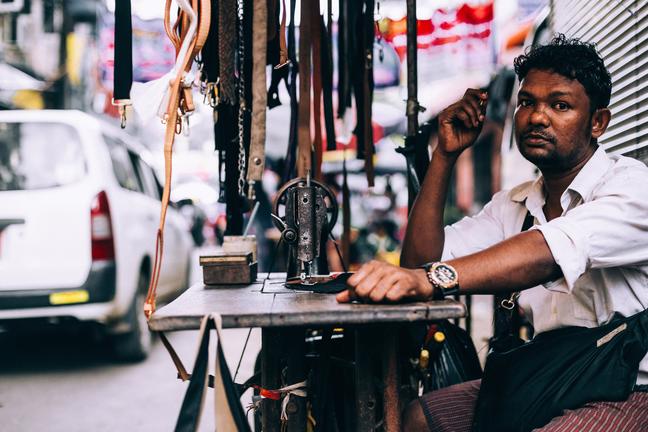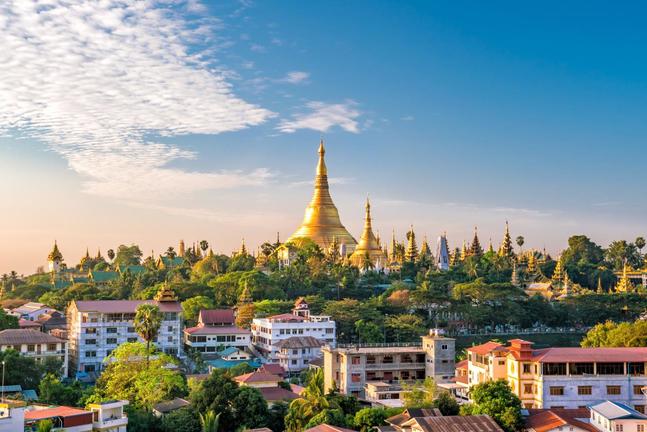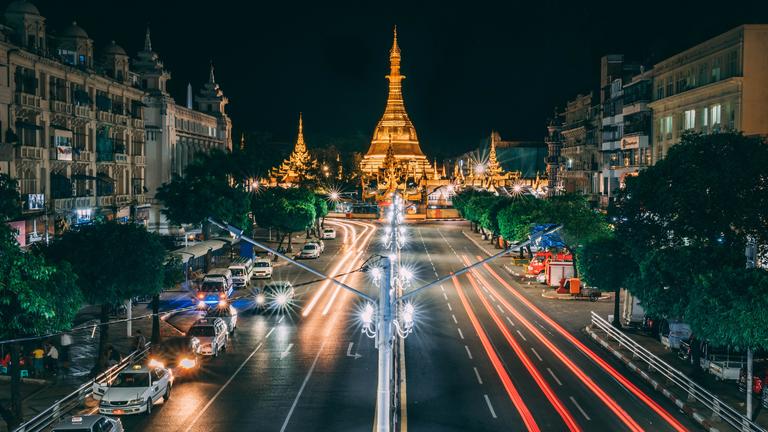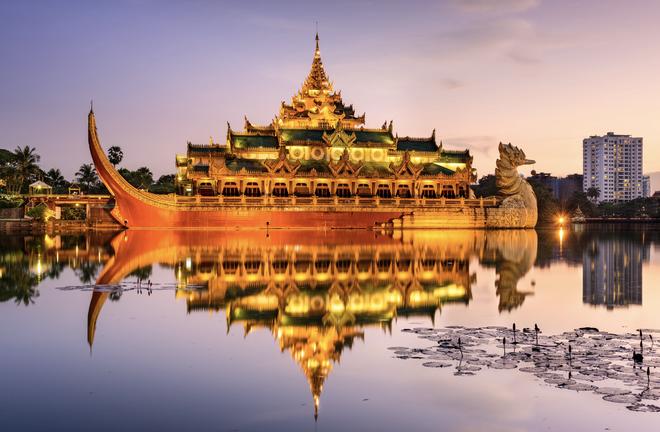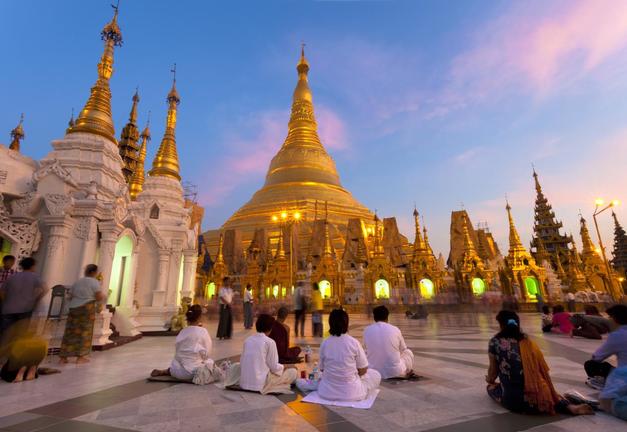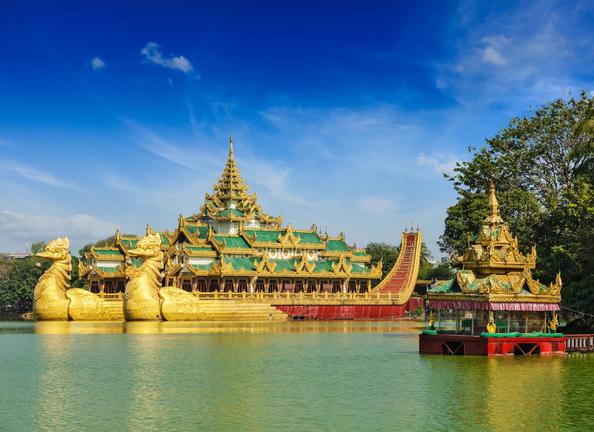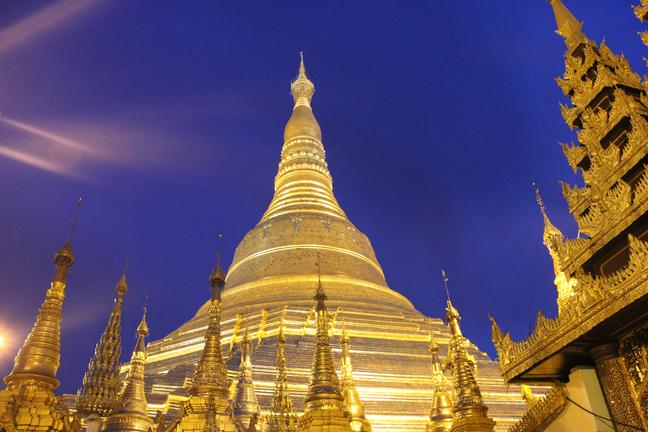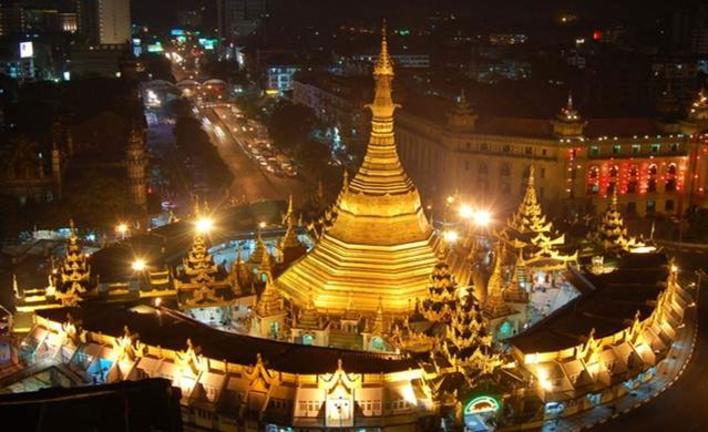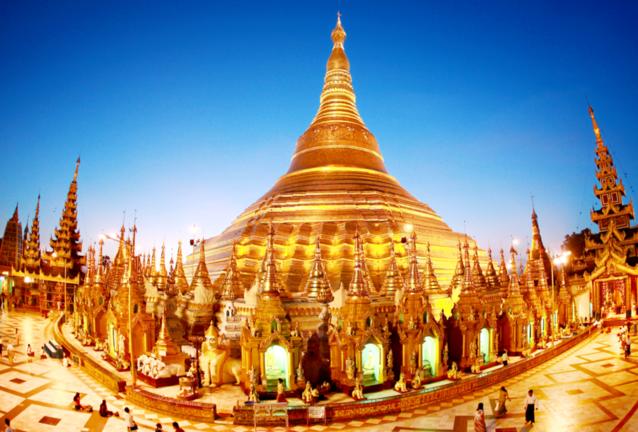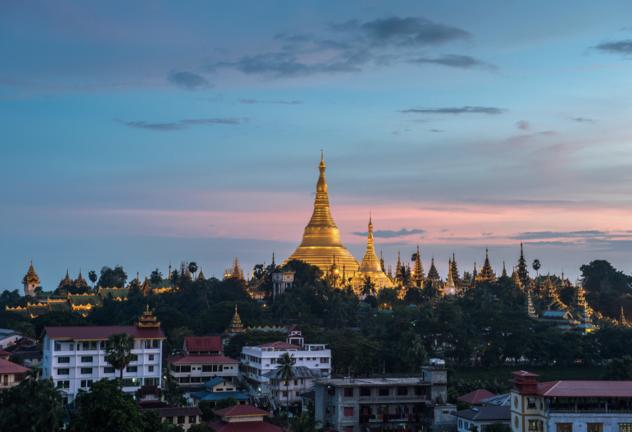With a population of over 5 million, Yangon, also known as Rangoon, was the capital of Myanmar up until the end of 2005. It remains the largest city, and is still the pivotal commercial hub of the country today. A visit to this magnificent city will allow you to take in the interesting mix of British, Burmese, Chinese and Indian cultures that mingle there. The skyline is an interesting contrast of decaying colonial architecture and modern high-rises, dominated by the golden glow of the Shwedagon Pagoda, an exquisite Buddhist temple that draws pilgrims from across the globe. Your time here would be well spent visiting the impressive array of temples, museums and markets that the city has to offer.
History Yangon in brief
European countries in a race to control trade routes had established trading posts in across South East Asia. East India Trading company controlled by the British had extended its operations to the Burmese coast and where trading with the Burmese kings. Three Anglo-Burmese wars flared up and in the second Anglo-Burmese war 1852 the British took over Southern Burma and made Rangoon its capital. The old name of Rangoon was Dagon. After third war in 1885 and ousting king Thibaw in Mandalay where the capital was located Rangoon became the capital for the whole country of Burma. Dr William Montgomerie sketched the new plan for the city and Lt Alexander Fraser from the Bengal Engineers implemented. Many architects were employed to fill in the city plan with schools, hospitals, parks, banks, shops and administrative buildings.
Fast forward… the colonial times are long gone, but in Yangon they have left behind a rich architectural heritage, of a type which many other capital cities of the region has been lost to “progress”. Yangon has the largest number of colonial buildings in the whole of Southeast Asia. Many colonial-era buildings that today host state institutions and authorities, such as government banks and the Port Authority, as well as the High Court and City Hall, are clustered in the downtown area. The Strand Hotel is there, too, built by the famous Sarkies Brothers in 1901, and today a sumptuous reminder of a bygone era.
Unlike many of its regional counterparts Yangon is also still first and foremost a green city, despite the battering it received from a cyclone in 2008. In the tranquil settings of Kandawgyi Lake and Inya Lake, and along its wide avenues, Yangon can still boast countless old trees and vegetation. A panoramic view of the city reveals its beauty – with the awe-inspiring Shwedagon Pagoda in its golden hue on one side, on a low hill, and on the other side the ancient Sule Pagoda and its encircling shops in the downtown area.
